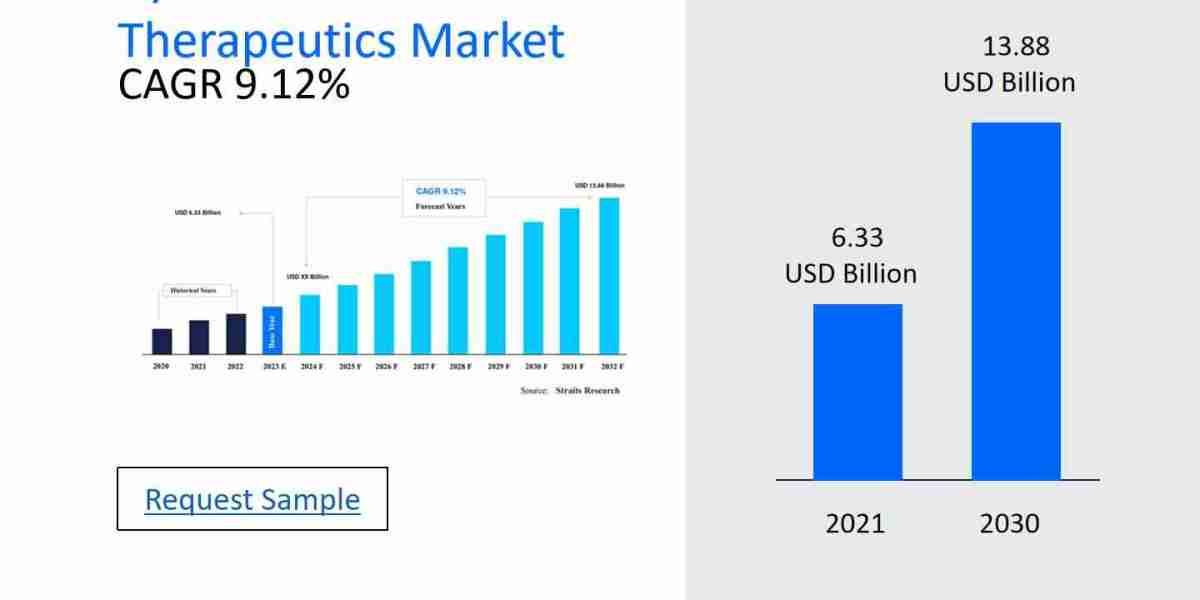The global anticancer drugs market is undergoing a transformative phase, driven by technological advancements, evolving treatment paradigms, and increasing cancer prevalence. As we approach 2025, understanding the market's dynamics is crucial for stakeholders aiming to navigate its complexities and capitalize on emerging opportunities.
Growth Drivers
1. Rising Cancer Incidence and Aging Population
Cancer remains a leading cause of morbidity and mortality worldwide. The increasing incidence of cancer, coupled with an aging global population, significantly contributes to the demand for effective anticancer therapies. By 2050, it's projected that 2.1 billion people will be over 60, a demographic with a higher cancer risk.
2. Advancements in Targeted Therapies and Immunotherapy
The shift from traditional chemotherapy to targeted therapies and immunotherapies has revolutionized cancer treatment. Targeted therapies focus on specific molecular targets associated with cancer, offering improved efficacy and reduced side effects. Immunotherapies, such as checkpoint inhibitors and CAR-T cell therapies, harness the body's immune system to combat cancer. These innovations have led to improved patient outcomes and are driving market growth.
3. Emergence of Biosimilars
The expiration of patents for several blockbuster oncology drugs has opened the market for biosimilars—biological products highly similar to already approved biologics. Biosimilars offer cost-effective alternatives, increasing accessibility to cancer treatments, especially in low- and middle-income countries.
4. Integration of Artificial Intelligence (AI) in Drug Discovery
AI and machine learning are increasingly being integrated into the drug discovery process, enabling the analysis of vast datasets to identify potential drug candidates more efficiently. This integration accelerates the development of anticancer drugs and reduces associated costs.
Challenges
1. High Cost of Treatment
The development and administration of anticancer drugs are associated with substantial costs. The average annual cost of new cancer drugs in the U.S. surged from $185,000 in 2017 to $283,000 in 2024. These high costs pose affordability issues for patients and strain healthcare systems.
2. Regulatory Hurdles
The stringent regulatory environment for oncology drugs, including lengthy approval processes, can delay the availability of new treatments. Navigating these complex regulations requires significant resources and can be particularly challenging for smaller biotech firms.
3. Drug Resistance
Cancer cells can develop resistance to existing therapies, limiting their long-term effectiveness. Over 35% of cancer patients develop resistance to existing therapies, necessitating continuous innovation and the development of new treatment strategies.
4. Access Disparities
Despite advancements in cancer treatments, disparities in access persist, particularly in low-resource settings. Limited healthcare infrastructure and financial constraints hinder the widespread adoption of innovative anticancer drugs in these regions.
Future Opportunities
1. Expansion into Emerging Markets
Emerging economies present significant growth opportunities for the anticancer drugs market. Improving healthcare infrastructure, increasing healthcare expenditure, and rising cancer incidence in regions like Asia-Pacific and Latin America are driving demand for cancer treatments.
2. Development of Personalized Medicine
Personalized medicine, which tailors treatment based on an individual's genetic profile, is gaining traction in oncology. Advancements in genomic profiling and biomarker identification enable the development of targeted therapies, improving treatment efficacy and patient outcomes.
3. Innovations in Drug Delivery Systems
Advancements in nanotechnology have led to the development of smart drug-delivery systems for cancer nanotherapy. These systems improve the intracellular delivery of drugs, enhance targeting potential, and reduce side effects, offering promising avenues for cancer treatment.
4. Strategic Partnerships and Collaborations
Collaborations between pharmaceutical companies, biotech firms, and research institutions can accelerate drug development and facilitate market entry. Strategic partnerships enable resource sharing, risk mitigation, and the pooling of expertise, fostering innovation in the anticancer drugs market.
Challenges and Risk Mitigation
Investing in emerging markets presents certain challenges, including:
Regulatory Complexities: Navigating diverse regulatory environments can delay drug approvals and market entry. Engaging with local regulatory bodies and understanding regional requirements are essential for compliance.
Economic Disparities: Variations in income levels can impact the affordability and accessibility of oncology treatments. Implementing tiered pricing strategies and patient assistance programs can mitigate this issue.
Infrastructure Limitations: Inadequate healthcare infrastructure can hinder the delivery of cancer care. Collaborating with governments and international organizations to improve healthcare facilities can address this challenge.
Geopolitical Risks: Political instability and policy changes can affect market dynamics. Conducting thorough market assessments and establishing contingency plans can help manage these risks.
Conclusion
The anticancer drugs market is poised for significant growth, driven by technological advancements, increasing cancer prevalence, and the shift towards personalized medicine. However, challenges such as high treatment costs, regulatory hurdles, and access disparities must be addressed to fully realize the market's potential. Strategic investments, policy reforms, and collaborative efforts will be crucial in navigating these challenges and harnessing future opportunities in the evolving landscape of cancer treatment.




